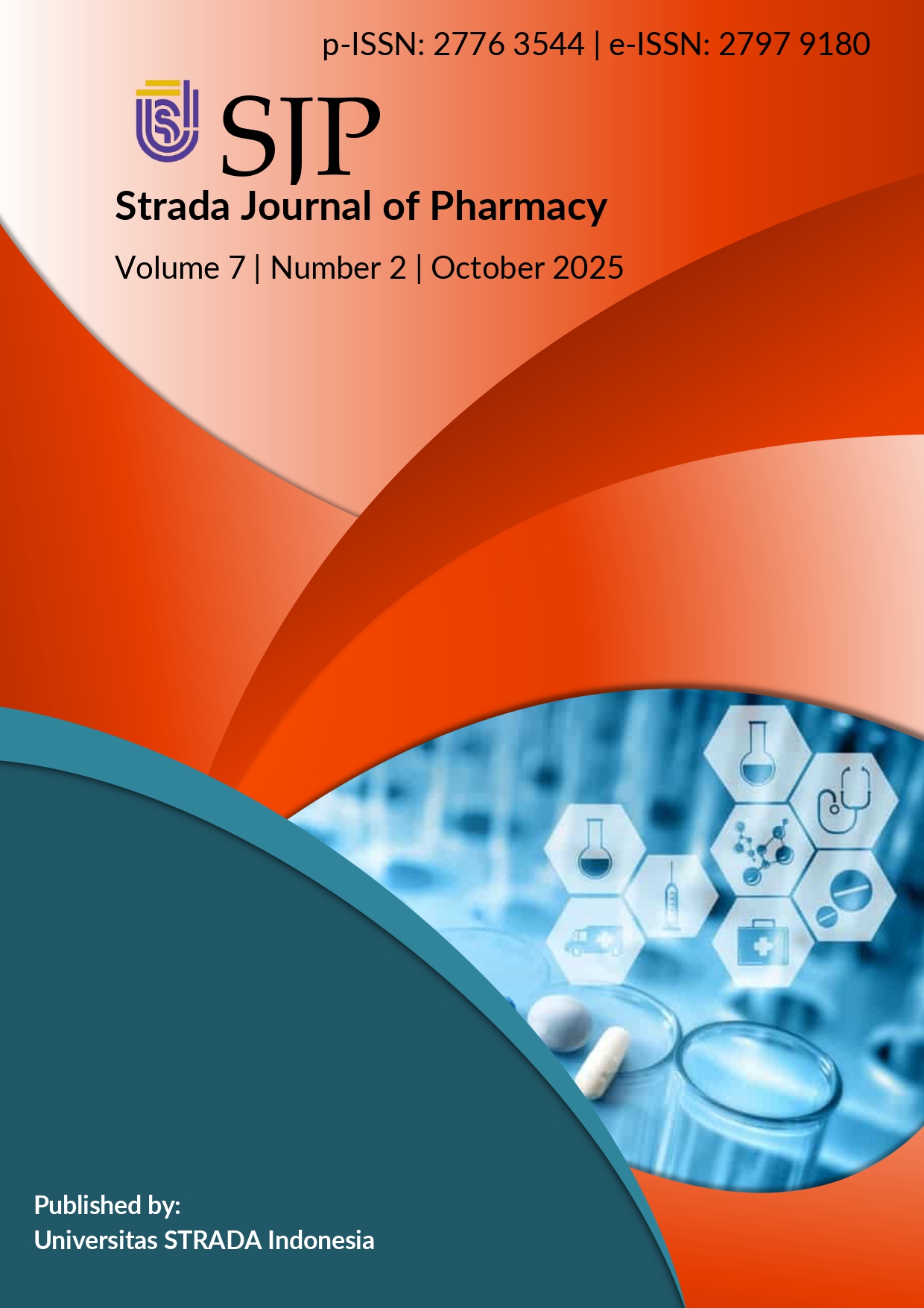Anti-Acne Activity Evaluation Of Cyperus rotundus L. Rhizome Fraction Gel Against Staphylococcus aureus And Propionibacterium acnes
DOI:
https://doi.org/10.30994/sjp.v7i2.203Keywords:
Cyperus rotundus L, Gel, Fractionation, Anti-acne, Propionibacterium acnes, Staphylococcus aureusAbstract
Acne is an inflammatory skin condition often caused by bacteria such as Propionibacterium acnes and Staphylococcus aureus. The increasing incidence of antibiotic resistance encourages the search for alternatives from natural ingredients. Nut grass rhizome (Cyperus rotundus L.) is known to have antibacterial compounds. This study aimed to formulate a gel from the fractions of nut grass rhizome, test its activity against acne-causing bacteria, and identify the most potent fraction. This study employed a laboratory experimental design. The nut grass rhizome was extracted with 70% ethanol and then fractionated by liquid-liquid partitioning using n-hexane, ethyl acetate, and water as solvents. Each fraction was formulated into a gel at a 5% concentration, and its antibacterial activity was tested using the well diffusion method. All gel formulas met the physical quality evaluation requirements. The ethyl acetate fraction (F2) exhibited the strongest antibacterial activity, with an average inhibition zone of 19.48 ± 0.99 mm (moderate category) against Staphylococcus aureus and 25.86 ± 0.65 mm (strong category) against Propionibacterium acnes. The nut grass rhizome fraction gel preparation possesses anti-acne activity. The ethyl acetate fraction proved to be the most potent, showing efficacy against Propionibacterium acnes (inhibition zone 25.86 mm) that was statistically equivalent to the positive control (p = 0.767).
Downloads





